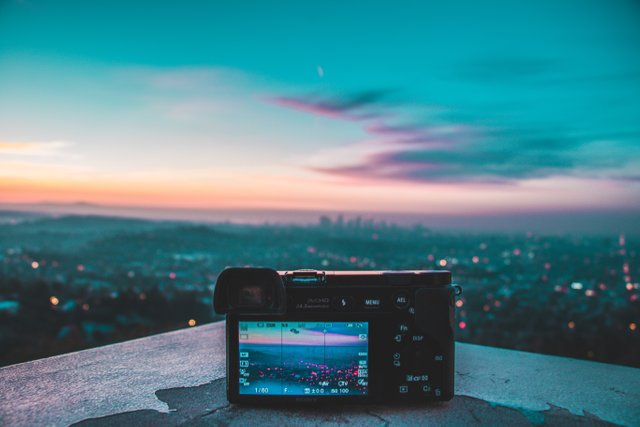Smartphone photography has come a long way since the first camera phone was introduced. Today, with the high-quality cameras built into most smartphones, anyone can take stunning photos with just a few simple techniques. In this article, we’ll cover some tips and tricks to help you take better photos with your smartphone.

Understanding Your Smartphone Camera
To take great photos with your smartphone, it’s important to understand the camera features and settings. Most modern smartphones come with a range of camera modes, including manual, portrait, night mode, and more. Take some time to familiarize yourself with your smartphone camera’s features and experiment with different modes and settings to find the ones that work best for your style of photography.
In addition to camera modes, it’s also important to understand other camera settings such as exposure, focus, and white balance. Many smartphone cameras allow you to manually adjust these settings, which can greatly improve the quality of your photos.
Lighting is Key
Lighting is one of the most important factors in photography, and this is especially true for smartphone photography. Good lighting can make a photo look amazing, while poor lighting can ruin an otherwise great shot.
When taking photos with your smartphone, try to use natural light whenever possible. Avoid using the flash, as it can often create harsh, unflattering shadows. If you’re taking photos indoors, position yourself near a window to take advantage of natural light.
If you’re taking photos outside, try to avoid harsh midday sun, as it can create harsh shadows and overexposed areas. Instead, try shooting during the golden hour (the hour after sunrise and the hour before sunset) when the light is soft and warm.
Composition Matters
Composition is another important factor in photography. A well-composed photo can make a big difference in the overall quality of the image.
When composing a photo with your smartphone, try to follow the rule of thirds. This means dividing the image into thirds both horizontally and vertically, and placing the subject along these lines or at the points.